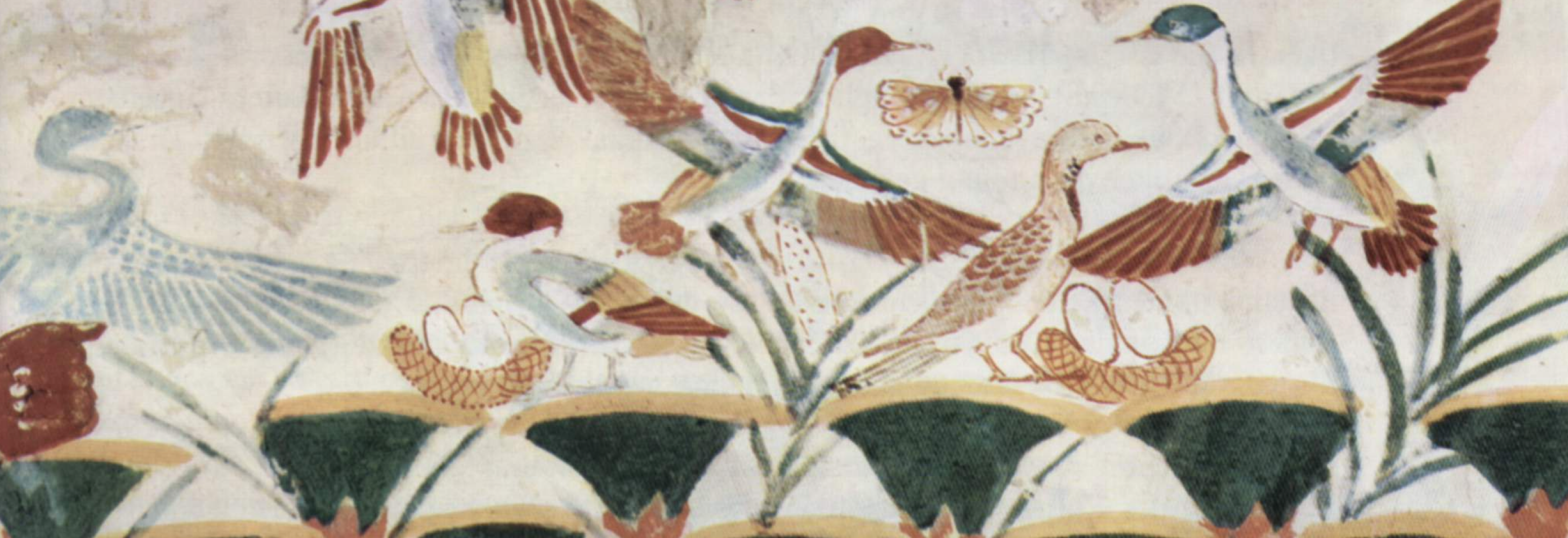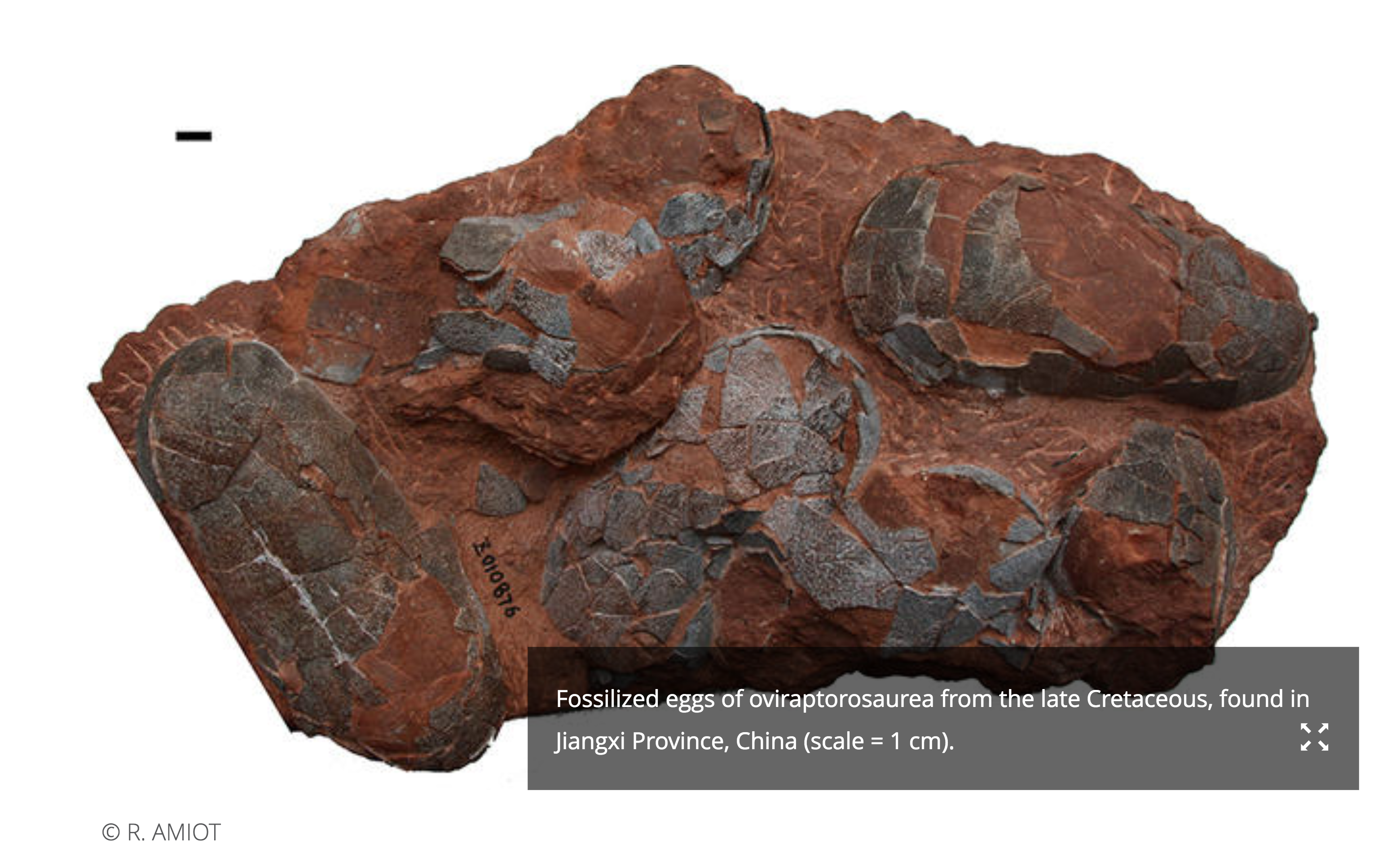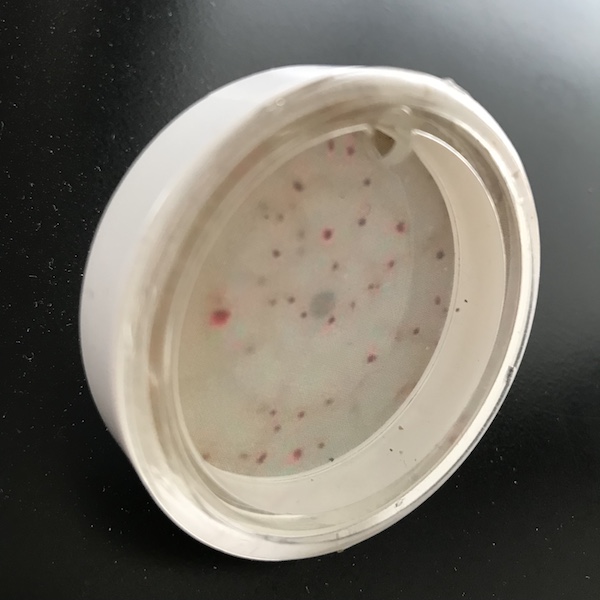Ancient Ecosystems and stable isotopes
I am very pleased to cooperate since 2012 in some work Christophe Lecuyer and his team as a physiologist, biologist and physician. This topic is now a real scientific center of interest for me!
The first studies were on ancient climates reconstruction by using the informations recorded in bone and teeth of egyptian mummies but of course we get also informations on human and animal nutrition.
Climate reconstruction may also be done outside egypt with other types of samples.

- Diet of ancient Egyptians
- Egyptian mummies record increasing aridity in the Nile Valley
- Record of Nile seasonality in Nubian neonates
- Tsunami sedimentary deposits of Crete records climate during the ‘Minoan Warming Period’ (≈3350 yr BP)
We were proud to show that the hatching temperature of Oviraptosaurs were not so different from that of actual birds... The two papers heredown are interconnected this is the beginning of a cooperation with Romain Amiot.

And hopefully others papers will appear here... we are working on a scientific problem by using a phylogeny/paleontology/geology combined approach
The "IsoThot" project "Origin of Mummified Birds of Ancient Egypt - Associated Practices and Economic Impact" is the next step! (INSU grant 2018, project leader R. Amiot). We will try to understand the status of the sacred ibis Threskiornis aethiopicus in Ancient Egypt
Microbial risks in space habitats
I participated some years ago as an expert in the study of the impact of microorganisms in the hyper-anthropic environment of the ISS, the International Space Station.

As such I work with ESA and with CNES (MEDES, Toulouse) to define lists of pathogens and critical situations and possible corrections. This is particularly important because the space environment led to a significant decrease of immunity in the crew and therefore modify the infectious risk profile. Beyond I established expertise in microbial risk to the space environment. I now have to actively participate to develop the same type of analysis as part of the MELISSA life support project. One of my goals is to develop spatialisable methodologies of analysis of the microbiome in our laboratory [in this context Bechy-Loizeau et al., 2015].
An experiment on the detection of pathogens in water and which I was the initiator was performed during the flight of the French astronaut Thomas Pesquet (November 2016).
 (bioMérieux-CNES)
(bioMérieux-CNES)
Medical microbiology
This are works I have initiated or using datas that have been collected during my previous position as Head of the Microbiology Laboratory CH Lyon-Sud 1979-2013.